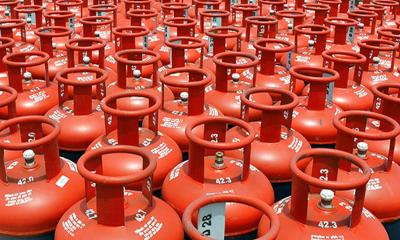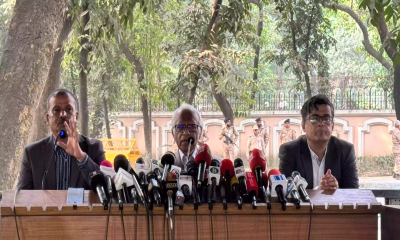The US dollar, which had closed at a historic high of Rs200 on Thursday, extended its gains against the rupee for the 11th consecutive session today (Friday) as it gained 25 paisa by close.
According to the Forex Association of Pakistan (FAP), the greenback closed at Rs200.25, another record. Data released by State Bank of Pakistan (SBP) showed the dollar closed at Rs200.10.
The persistent decline in the rupee's value since last Tuesday has been largely attributed to the country's rising import bill, widening current account deficit and depleting foreign exchange reserves of the State Bank of Pakistan.
In April, imports increased by 72pc, leaving no room for the government to improve its external balance, and the foreign exchange reserves of the SBP further declined by $145 million to $10.16 billion during the week ended on May 13.
And the "dollar hoarding and speculative elements have added more fuel to the fire", according to Mettis Global, a web-based financial data and analytics portal.
Meanwhile, analysts have also linked it to the government's lack of clarity on its plans to arrest the decline in foreign exchange reserves and the uncertainty surrounding the release of funds by Saudi Arabia, China and the International Monetary Fund's (IMF) bailout package.
The government has so far failed to convince Saudi Arabia, the United Arab Emirates and China for help and while negotiations with the IMF are under way, they may take long enough to further worsen the exchange rate regime.
As far as imports are concerned, the government announced an "emergency" plan yesterday under which it banned the import of nearly 800 items — all of which it deemed non-essential items — in 33 categories.
However, according to FAP chairperson Malik Bostan, the move to ban imports alone might not be able to curtail the dollar's flight and the rupee would continue to remain under pressure until the conclusion of talks with the IMF in Doha.
"The government is taking measures but the restoration of investor confidence will take time," he said while speaking to Dawn.com.
But FAP Secretary General Zafar Paracha was hopeful about good outcomes of the government's measure, with his optimism finding confidence in the current account deficit shrinking to $623 million in April.
According to the SBP, the figure for April is "only two-thirds of March 2022 deficit of $1,015m".
"A rise in workers' remittances (by $315m) and a fall in imports (by $246m) explain this reduction," the SBP said in a tweet.
Paracha said he was expecting that the pressure on foreign exchange reserves would decrease further after the conclusion of talks with the IMF and the release of a $1 billion tranche by the international moneylender, which has been delayed since the stalling of the IMF's programme with Pakistan in April.
Once this happened, the rupee would recover and the dollar's flight would be contained, he said.
Meanwhile, Karachi Chamber of Commerce and Industry President Idrees Memon called for strict measures at the borders alongside curbs on imports so as to prevent smuggling, which he said could cause a loss of revenue to the government and create difficulties for local manufacturers.
He told Dawn.com that he would be meeting Prime Minister Shehbaz Sharif at 4pm today and inform him about the rupee's free fall and challenges on the economic front.
Tracking dollar's rise to Rs200
The US dollar was traded at Rs98.50 in June 2013 and crossed Rs100 to reach Rs107.5 in November 2013, when the new PML-N government took charge of Islamabad.
However, the then-finance minister, Ishaq Dar, took a popular decision to bring down the dollar price to Rs98 in June 2014.
The decision was well received by the general public, but economic managers, analysts, and researchers saw it as flawed and warned of the consequences.
The artificial exchange rate finally weakened the economy, and the government ended its five-year term with a $20bn current account deficit.
Since 2014, the local currency has never found strength due to falling exports, lower foreign direct investments, and a huge current account deficit.
Till August 2014, the exchange rate was at Rs100 per dollar. It remained at Rs105 till the financial year FY17. At the end of the PML-N government term, the exchange rate was allowed to adjust and the dollar shot up to Rs118 in June 2018.
The next government of PTI found the dollar at Rs123 in August 2018. From this point, the dollar kept sliding for a number of reasons, despite the fall in the current account deficit to $3.5bn in FY21. The deficit is now over $13bn in the first nine months of FY22.
During the PTI government's first year, the dollar rose to Rs155 in June 2019 before falling to Rs164 in April 2020. This was the beginning of Covid-19 in Pakistan. The hot money of over $3.5bn invested in the treasury bills and Pakistan Investment Bonds by foreign investors, left the country within a few months, thus weakening the rupee sharply.
However, a year later, with the improvement in economic activity and higher remittances along with greater exports, the dollar fell to Rs152 in April 2021, but the exchange rate remained at this level for a brief period.
The rupee started depreciating to reach Rs156 in June 2021. FY22 began with disappointing sessions for the local currency as it started falling each month and then each day, allowing the dollar to cross Rs200. In December 2021, the dollar was at Rs177.
The impact of this depreciation is yet to be calculated, but the consequences are obvious as it plagued the economy with inflation which reached 13.37 per cent in April, negatively impacting each and every segment of life in Pakistan.




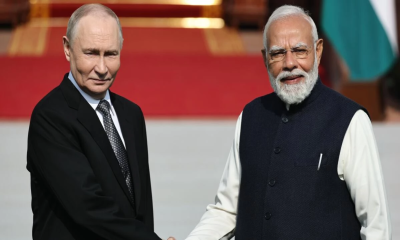
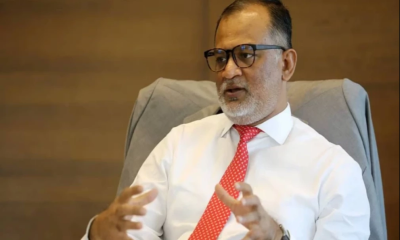
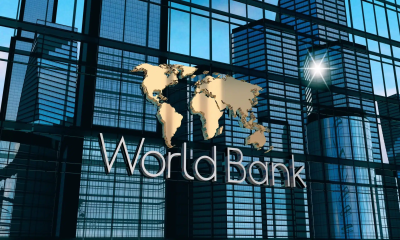
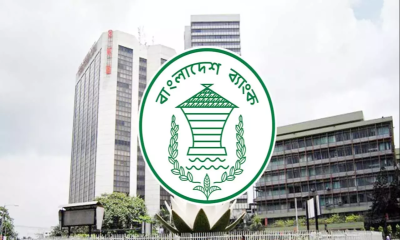

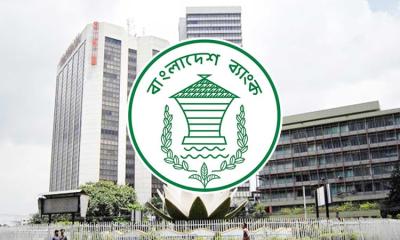


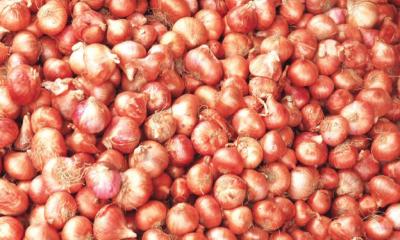
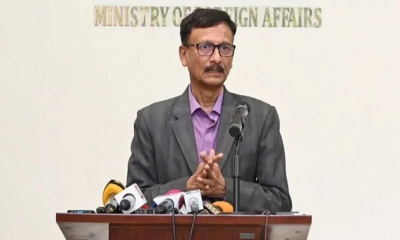
-20251206083331.jpeg)
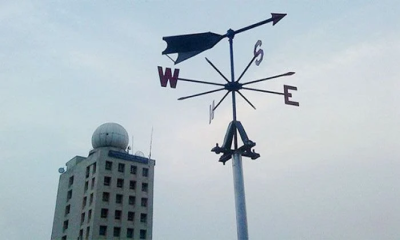


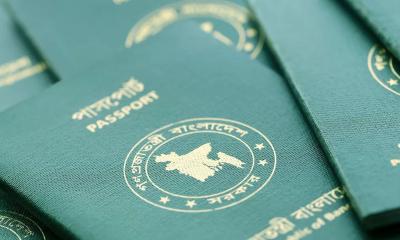
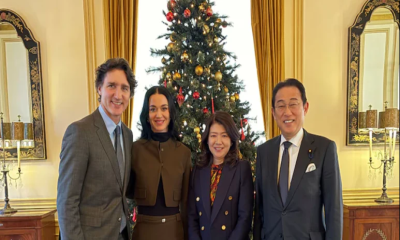
-20251205185652.webp)
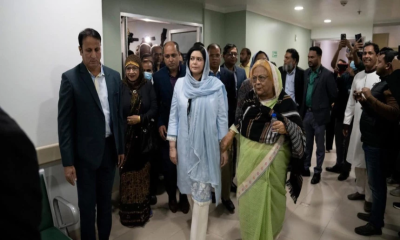
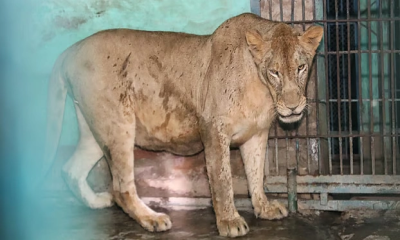

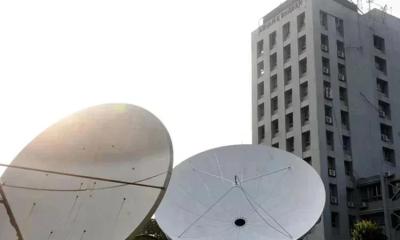

-(25)-20251122062715-20251202031751.jpeg)

-(25)-20251122062715-20251204041734.jpeg)




